About Smart Rings
With the hype at its peak for the upcoming Samsung Galaxy Ring, came a thought and a realization that there is a large untapped potential in using Smart Rings in Home Automation. And rightfully so, smart rings can be considered a novelty when it comes to smart homes.
Apparently, the Samsung Galaxy Ring is going to be a sensor packed smart device, capable of providing insights about your heart rate, sleeping habits, movement and other related heath data – pushed straight to your smart phone.
Okay, so the Galaxy Ring is a health-focused monitor, that’s great. But this device will need to use a communication protocol to transmit what it recorded directly to your smart phone. The obvious choice would be Bluetooth or Bluetooth Low Energy, which is exactly what the Galaxy Ring uses.
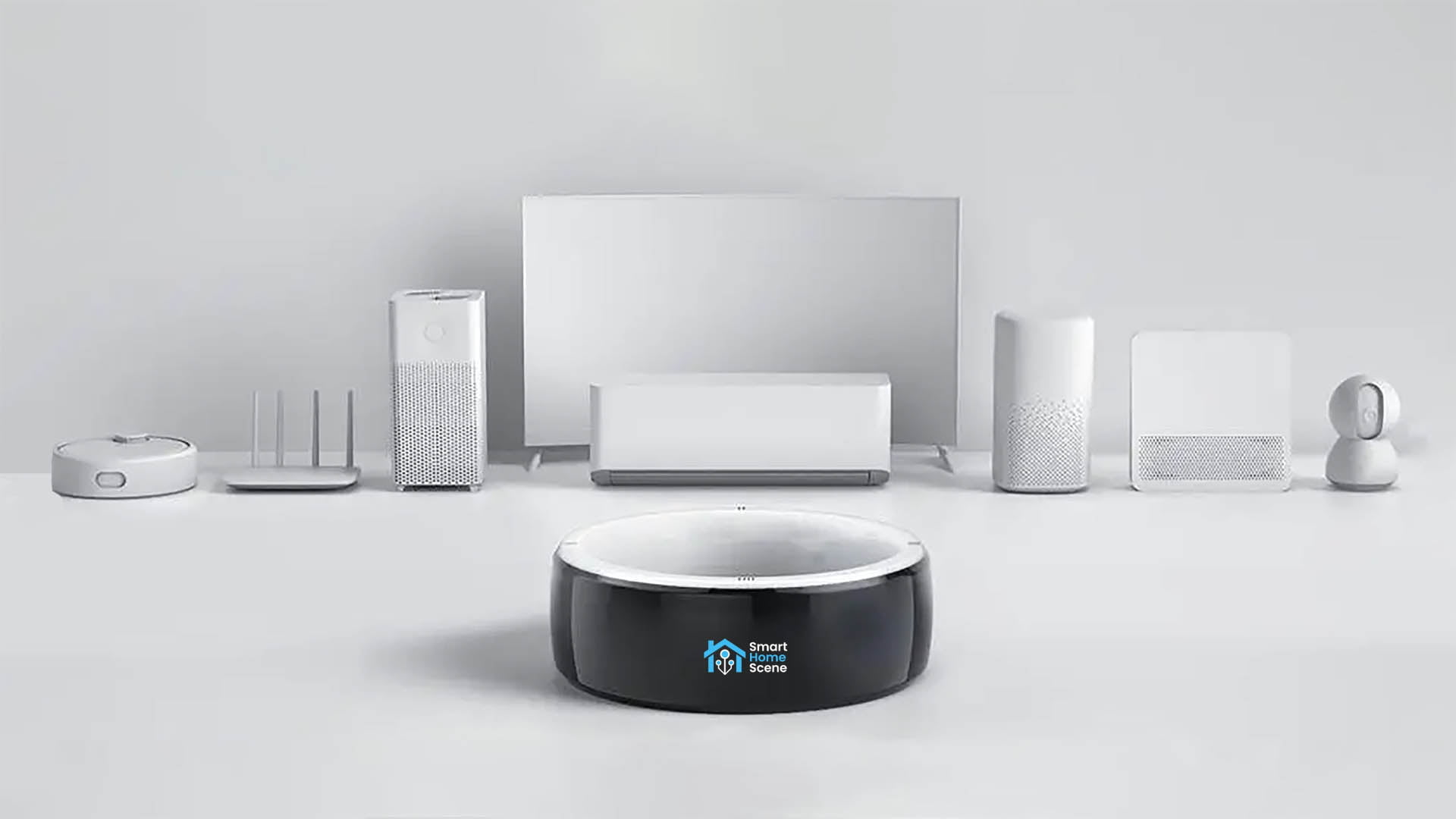
What if the BLE packets it transmits can be captured and used in ways not obvious at first? Like, presence detection, smart keys or simply triggering scenes around your smart home?
For the purpose of testing this first hand, I ordered two budget smart rings from AliExpress that look very promising: The Colmi R02 Bluetooth Smart Ring and the JAKCOM R5 NFC/RFID Smart Ring.
Using Smart Rings as Presence Devices
This is absolutely nothing new, Home Assistant users have long been able to capture packets from any BLE beacon, like smart watches, smartphones or smart tags. You can use your RPi’s Bluetooth radio or simply deploy cheap ESP32 boards around your home and set them up as Bluetooth proxies, relaying the captured packets directly to Home Assistant.
Rather than create automations manually with complex conditions, you can streamline much of the process by deploying ESPresence, an open-source integration specifically tailored for localized device presence detection.
A Smart Ring would provide the transmitter functionality in the same manner: emitting passive advertisements on a preset interval, which could be used by Home Assistant for whatever use case you can think of. Turning on lights, scenes, coming home/leaving home routines and simply gathering health data.
Using Smart Rings for Access Control
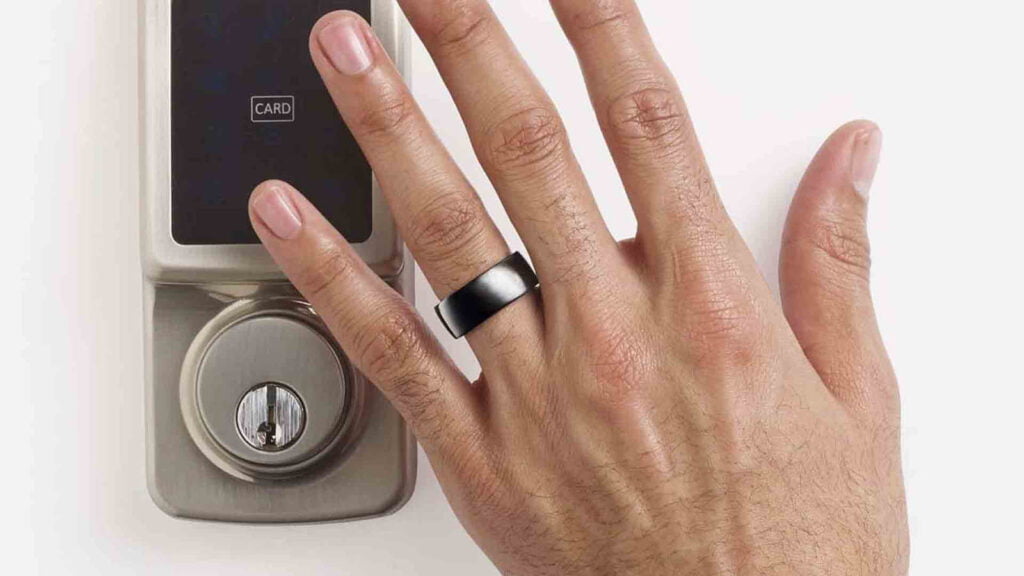
Traditionally, access to homes, offices, or secured areas often requires physical keys, keycards, or passcodes. Many Home Automation enthusiasts already use smart locks in their homes the likes of SwitchBot, Aqara or Schlage. Smart rings can revolutionize this process by providing a convenient and secure alternative.
With smart rings, users can store digital credentials securely within the ring itself or linked to a companion mobile app. These credentials can then be used to unlock doors equipped with compatible smart locks or access control systems.
Even though we are far from this functionality, smart rings can potentially enhance security by offering features such as biometric authentication or two-factor authentication, adding an extra layer of protection against unauthorized access.
Gesture Controls
This is somewhat of a question mark, considering the fact that any kind of accelerometer or gyroscope is going to drain the battery of a smart ring very fast. Obviously, smart rings are very small and cannot accommodate large batteries.
However, I do think there is a use case for smart rings and gesture controls. Perhaps not complex and elaborate motions, but simple swipes and hand movement can be used to trigger various automations or scenes. For example, adjusting volume levels, change channels or dim lights seems achievable without sacrificing too much battery life.
With the current tech, there is a balance somewhere in there between usability and battery longevity of smart rings.
Gathering Health Data
Obviously, each Smart Ring we will see released in the near future will have it’s own proprietary app which will be used for configuring the device, setting up routines and collecting your health data. You can be sure every manufacturer will want to use whatever data you give them, for various purposes (like target marketing).
Being someone who’s conscious about privacy and a strong advocate for the local smart home, proprietary and cloud dependent applications trigger me to no end. It is something I am looking to avoid at all costs, my philosophy has always been: if it relies on the cloud – don’t buy it. This will be no different when Smart Rings start popping up on the market.
Luckily, the open-source community centered around Home Assistant have always found ways to bypass the cloud or eliminate it from the picture entirely. Considering Smart Rings will rely on the same tech, I like to believe this will be the case with them too. Your health data can be gathered and kept safe in Home Assistant.
What’s available on the market right now?
The Samsung Galaxy Ring is making a lot of noise, but it’s definitely not the first device of it’s kind. I went down the rabbit hole and discovered there are already a plethora of options with a lot of potential. Here are three options I recommend checking out (I’ve ordered the first two). The Oura Ring Gen3 is getting a lot of praise, but it’s quite pricey:
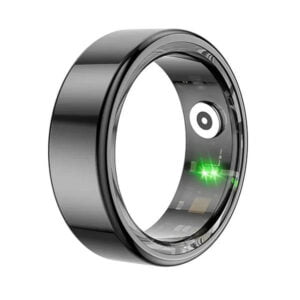
- COLMI R02 Smart Ring
- Bluetooth
- Health data
- Sleep data
- 6 days battery life
- AliExpress
- Amazon
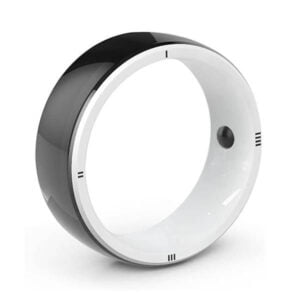
- JAKCOM R5 Smart Ring
- NFC
- RFID Access Control
- File sharing
- 128GB ROM
- AliExpress
- Amazon
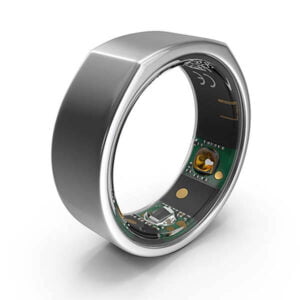
- Oura Ring Gen3
- Bluetooth
- Health data
- Sleep data
- 7 days battery life
- Amazon










I like the idea of smart rings but so far they all are either broken, barely functioning, have poor UI/UX, are overpriced or all of the above.
I got the Oura Ring Gen 2 and it sucks. Practically a overpriced step counter most of the time. I only use it for sleep tracking nowdays…
The Gen 3 offers all the features I wanted (like 24/7 tracking) but that requires a subscription now.
The Circular Smart Ring seems subpar and will eventually also require a subscription. It’s inevitable to stay profitable with only hardware sales and more running costs for each item sold.
The COLMI R02 Smart Ring seems dubious. App also has rather poor ratings, even worse than:
Samsung Smart Ring sounds interesting, but it’s Samsung.
They are like Apple for Android but with worse UI/UX and constantly throw inapp ads at you for all their other devices (unless you already got that device).
Wish there were alternatives, but smart rings are expensive to develop and produce. Noone seems to bother doing it with something like local or Home Assistant in mind.
Oh well, maybe in ten years.
Neither if these are going to be used with their proprietary apps.
Exclusively with open-source software, no subscriptions, no cloud-dependent apps, no bulls*it.
Stay tuned for my invidivual reviews.
We do bother doing it with local control, and especially Home Assistant in mind at Taika Tech.
Our ring (Taika Ring) is designed from the ground up to be a control device for smart homes and other electronic devices. It’s fully offline. We’ve integrated it with Home Assistant. It has an open BLE interface, giving access to all the data that the ring measures. No subscription.
We use touch as the main input, i.e. tapping or swiping on the ring. Our ring also supports changing the mode of the ring dynamically, meaning you can switch the functionality e.g. from controlling smart home to using it as an air mouse. Basically, there are two touchpads, one used for controlling other devices, one used for changing what is controlled.
We’ll also implement gesture recognition in the coming months, which is something we’ve already done with our previous prototype. Work in progress.
However, it’s not quite yet openly available, but we are currently selling a limited batch of 75 beta rings to select people after 3 years of development. And yes you are right, building these rings is costly, especially in lower volumes, so that is reflected in the price of it.
I was looking into these BLE rings as well. Can’t wait to read your reviews on them. Thank you so much!